Five Common Metal Shearing Defects and Ways to Avoid Them
February 14, 2020One of the most common metal fabricating processes in manufacturing industries is metal shearing. During this process, both the upper and the lower blade are forced to meet each other so that the metal would be uniformly cut. This process does not promote any type of burning or melting. However, metal shearing can still cause some defects.
Metals that go through the shearing process can still possess some defects. These defects might take the form of twist, bow, camber, blurred edges, or deformed edges on the metal. Fortunately, these defects can be solved and prevented with the right machine, setup, and maintenance. So, here are some of the common metal shearing defects and ways to avoid them.
Twist
A twist is a tendency for the fabricated metal to curl in a spiral or corkscrew right after it is sheared. This issue is typically caused by excessive rake angle. To address this problem, you must make sure that you have reduced the rake angle to the minimum. The rake angle must be adjusted according to the type and thickness of the material that you will be shearing.
Bowing
When shearing long thin, narrow strips of material, there is a huge chance that they would bow downwards. This bowing movement is caused by the stresses inherent in the material itself. Just like twists, you may want to reduce the rake angle to the minimum possible to avoid any signs of bowing.
Cambering
When a material being sheared moves away from the sheet horizontally, then cambering might happen. Camber is the amount of deflection that is present on a material. To prevent any cambering, you may want to increase the ram speed, change the grain direction of the material, and adjust the rake angle of your metal shearing machine.
Blurred Edges
The blurred edges of a fabricated metal are caused by improperly gapped shear blades or plain dull blades on the metal shearing machine. In metal shearing, the gap or the distance between the two blades of the machine must be adjusted according to the type and thickness of the metal being fabricated. Too much gap can easily tear the edges of the metal, while too little gap between the shear and the blades may not make it through the metal material without stopping. To avoid blurred edges, you must consult the operating manual of your metal shear machine so that you’ll know the proper clearance for your machine, material type, and thickness.
Deformed Edges
Heavily incorrect blade shear gap, dulled, or damaged blades can cause deformed edges when shearing metal materials. Deformed edges can also be caused by improper hold-downs or hold-down pressure. The solution to deformed edges is to ensure the proper blade gap that will correspond to the type and thickness of the material. Then, make sure that your blades are sharp and have no damages.
You must also ensure that your hold-downs can hold the material in place during the shearing cycle. Moreover, you must check your shear’s ram pivot bearings as they can make the upper blade jump back on impact with the material. The only solution for any problems of ram pivot bearings is through professional repair.
Metal shearing defects can be easily solved if you always consider the elements of your shearing machine and your material itself. If you want to replace some of your shear machine blades, you can contact us now at Gunna Engineering.
Optimized by: Netwizard SEO


